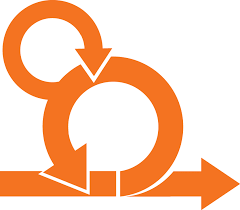We found 19 results that contain "art"
Posted on: #iteachmsu

DISCIPLINARY CONTENT
15 Hot New Technologies That Will Change Everything By Christopher Null
Posted by:
Scarlet Ethan Edien

Posted on 1: #iteachmsu

15 Hot New Technologies That Will Change Everything By Christopher Null
Disciplinary Content
Posted by:
Scarlet Ethan Edien

Posted on: #iteachmsu

PEDAGOGICAL DESIGN
P-How to understand the multi-camera craze
Posted by:
Scarlet Ethan Edien

Posted on: #iteachmsu

ASSESSING LEARNING
Agile Playlist by Jagruti
Posted by:
Jagruti Joshi

Posted on: #iteachmsu

Navigating Context
Why are my cholesterol numbers important? AdditionLLY Added https://iteachmsu.venturit.org/
Authored by:
Derek Matin 935

Posted on 1: #iteachmsu

Why are my cholesterol numbers important? AdditionLLY Added https://iteachmsu.venturit.org/
NAVIGATING CONTEXT
Authored by:
Derek Matin 935

Posted on: #iteachmsu

Disciplinary Content
New life started
Authored by:
Derek Matin 935

Posted on: #iteachmsu

Disciplinary Content
Natural resources gifted by god -- Edited
Authored by:
Super Admin 1

Posted on: #iteachmsu

Assessing Learning
Types of cholesterol
Authored by:
Derek Matin 935

Posted on: #iteachmsu

Assessing Learning
Types of cholesterol
Authored by:
Derek Matin 935

